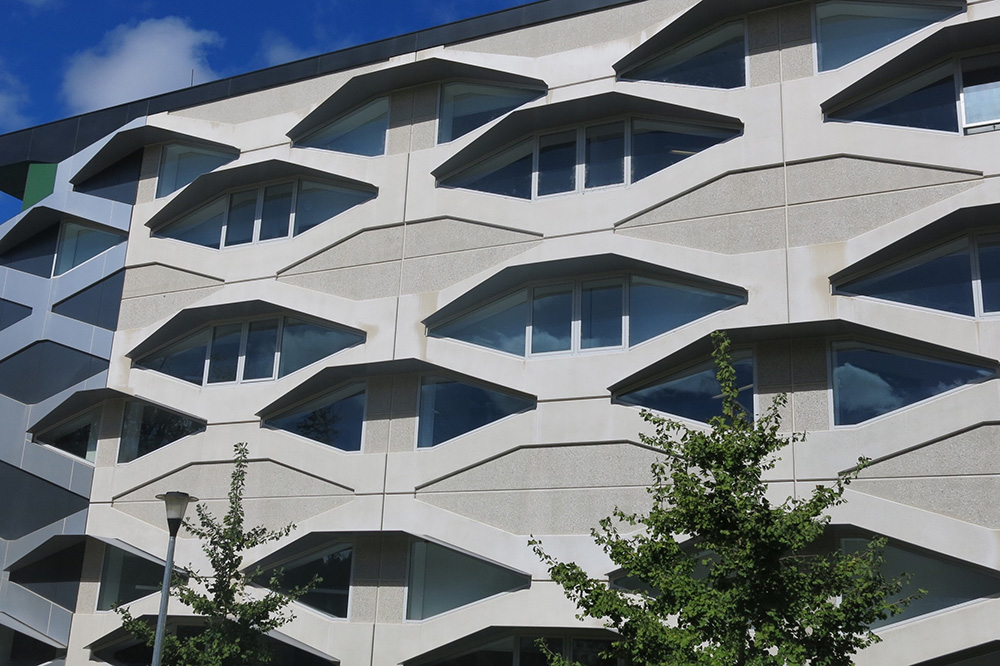Carboxysomes

Photosynthesis is an essential process that involves using sunlight to convert carbon dioxide and water into sugar molecules and oxygen. Despite its importance to life on Earth photosynthesis is rather inefficient mainly due to the flawed enzyme Ribulose-1,5-bisphophate carboxylase/oxygenase (Rubisco) that is the catalyst of carbon fixation. Rubisco is slow at fixing CO2 and can also fix oxygen which results in wasteful by-products and the loss of CO2. Plants and photosynthetic bacteria have evolved different ways of increasing the efficiency of Rubisco by manufacturing large amounts of Rubisco or concentrating CO2 around Rubisco.
Cyanobacteria are a group of single celled photosynthetic bacteria with a specialised carbon concentrating mechanism to increase the concentration of CO2 around Rubisco. In cyanobacteria Rubisco is housed in a specialised polyhedral protein micro-compartment called a carboxysome. The carboxysome concentrates CO2 around Rubisco to increase the efficiency of carbon fixation by reducing reactions with oxygen.
In 1993 RSBS researchers Dean Price, Murray Badger and Susan Howitt determined the genetic sequence of the genes that encode for the proteins that form the protein shell of a carboxysome. The sequence took over a year to finalise and resulted in greater understanding of the genes involved in carboxysome formation and function. This information is essential for future experiments that aim to transfer the carbon concentrating mechanism of cyanobacteria into crop plants. Current and future research is focused on incorporating carboxysomes into crop plants such as wheat to improve photosynthetic efficiency, improve water and nitrogen efficiently and result in higher yields.
This article is one of a set featuring the achievements and memorable occasions in the History of Biology at ANU.
